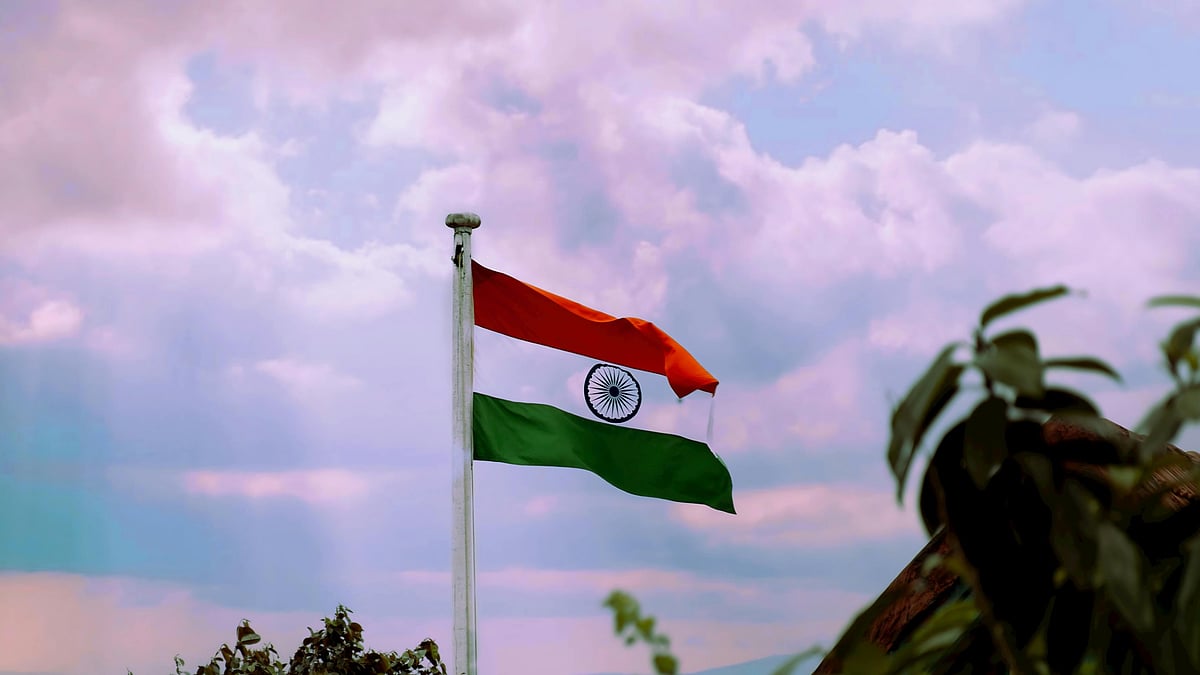The principal characteristic of the Indian Constitution is the rule of law it mandates. This foundational principle envisions that the law, established under the constitutional framework, holds primacy over all other considerations—be they individual, ideological, or political. It is the bedrock that ensures we are a nation governed by laws, not by men.
This ideal, however, has faced a starkly modern challenge: the rise of ‘bulldozer justice’. In states like Uttar Pradesh, governments have employed strong-arm methods, using machinery to raze homes and properties of individuals deemed suspects, bypassing the judicial process entirely. This practice conflates accusation with guilt and allows the executive to act as judge, jury, and executioner.
It creates a dangerous precedent where the government of the day believes it can operate outside the sanctity of established legal procedure. What began as a political theatre of “instant justice” has now become an instrument of fear and selective punishment, often targeting minorities or dissenters.
It is against this backdrop that Chief Justice of India BR Gavai’s recent remarks in Mauritius carry profound significance. Defending his own verdict, he emphatically stated that the Indian legal system is governed by the “rule of law, not by the rule of the bulldozer.” The Supreme Court’s ruling, which held that such demolitions violate the rule of law and infringe upon the fundamental right to shelter, was a necessary and powerful corrective.
It reaffirmed that the executive’s authority is not absolute but is circumscribed by constitutional morality and judicial oversight. This judicial stance is deeply rooted in our constitutional history, notably the Kesavananda Bharati case, which established that the Constitution’s basic structure is immutable.
While not exhaustively defined, this structure is undeniably animated by the principles enshrined in the Preamble—Justice, Liberty, Equality, and Fraternity. ‘Bulldozer justice’ assaults each of these ideals, substituting the rule of reason with the rule of muscle.
Yet, a sobering reality remains. The courts often move at a deliberate pace, granting the executive considerable leeway to act in the interim. This temporal gap between executive action and judicial redress can render the latter a pyrrhic victory for those whose homes and rights are instantly demolished. The damage is done long before the court’s pen can restore what the bulldozer’s blade destroyed.
Therefore, the judiciary’s role is not just to settle matters but to set boundaries—clearly, promptly, and fearlessly. As Justice Gavai articulated, the rule of law is not a rigid doctrine but a continuous conversation—a substantive principle that restrains arbitrary power and embeds democratic accountability.
In defending the Constitution against the bulldozer, the Supreme Court is defending the very idea of India as a democratic republic where no one is above the law.
https://www.freepressjournal.in/analysis/rule-of-law-vs-rule-by-force
